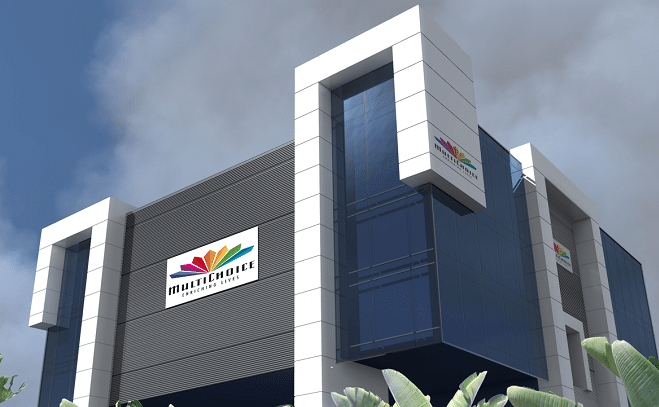People need banking, but they don’t need banks. — Bill Gates.
The words “bank” and “banking” elicit many negative sentiments/reactions from Nigerians. When we say “bank”, the first image that pops in your head will probably be long queues and redundant ads which regularly fly over your head.

Personally, I think it is unfortunate that when the word “banking” is mentioned, people think about a physical building. Several times a week, you’ll hear someone say, I’m going to the bank. Meanwhile, you’d rarely find people say, “I’m going to MTN, Etisalat or Uber”. And why should they? These are service providers. As customers, our business is with the service they render, not the infrastructure powering their service.
But in the financial services sector, it seems the reverse is the case. People still “go to the bank”. They were promised a service that would manage their money, offer them savings and credit facilities and generally make life easier for them. But instead, they get to spend many hours on long queues, filling forms, making calls and so on.
There has to be a better way.
People need banking, but not banks

One of the problems limiting innovation in the financial services space is the fact that banking is currently built with the physical branch as the foundation. This has created a mental box that is difficult to come out of. Which is where first principles thinking comes in handy. We need to strip banking of all its jargon and assumptions, and start rebuilding and redesigning from its core.
In the next 5 years, banking halls should be empty. The branch model is unsustainable as it is expensive and is partly responsible for the limited penetration of financial services. If the money committed to establishing new bank branches and staffing them was committed to improving the delivery of financial services over digital channels to the customer, banking services would diffuse rapidly across the nation.
Think about it. In 2013, the Central Bank of Nigeria (CBN) issued agent banking guidelines, recognising the use of agents to deliver financial services to customers in remote locations. The agent banking model was borne out of a desire to curb the high number of financially excluded people in the country. Right there in the middle of the remotest regions, far from the confines of a physical building or even an ATM, customers can now access and use financial services through agents. So essentially, by detaching the service from the building, banks were able to reach more customers.
Make no mistake about it — the future of banking relies on banks figuring out ways to “go to the customer”, while integrating their services into customers’ lives. Because, the truth is, banking at its core is a service just like your mobile network, just like your Uber.
In the information age, the financial services landscape is customer-centric. Every innovation in the sector has been as a result of placing the consumer at the centre of every conversation. This sort of thinking is what has led to the unbundling of financial services. The successful fintechs have picked one aspect of the banking experience — payments, credits and loans, remittance, savings, advisory and so on — and then figured out intuitive ways to deliver this service seamlessly.
Essentially, what fintechs are doing is that they are “ubering” the banking experience — you don’t come to us, we’ll bring our service to you.
Banks need to embrace this kind of thinking as well. This kind of paradigm shift is not easy for traditional banks nevertheless, it is something they have to do because right now, they still have the advantage.
If banks are able to successfully evolve, they will grow from being mere peripheral institutions in the digital age to an important broker that enables many different benefits for consumers and partners across the digital finance value chain, expanding their customer base, enhancing innovation and creating new revenue sources.
Obviously, we still have a lot of work to do. But as a yardstick, let’s tell ourselves, if people still think of a bank as a place to go to, then we’re doing something wrong.
The banking customer experience and interaction should be with the service not the infrastructure. Nobody enjoys going to the bank.
About the Author
 Edmund Olotu is a serial entrepreneur with companies including Novira Therapeutics, sold to Johnson & Johnson for $600M and TechAdvance: a utility payment company processing more than ₦21b annually.
Edmund Olotu is a serial entrepreneur with companies including Novira Therapeutics, sold to Johnson & Johnson for $600M and TechAdvance: a utility payment company processing more than ₦21b annually.






